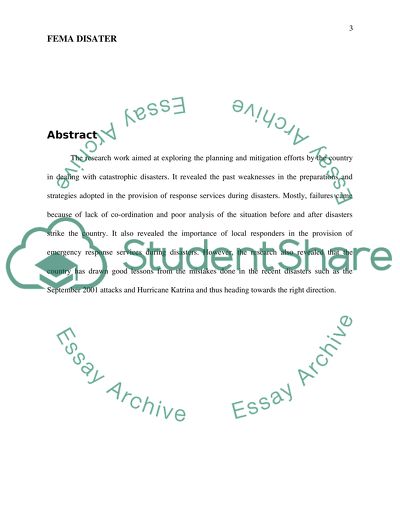Cite this document
(“9/11 Research Paper Example | Topics and Well Written Essays - 2500 words”, n.d.)
9/11 Research Paper Example | Topics and Well Written Essays - 2500 words. Retrieved from https://studentshare.org/law/1678812-911
9/11 Research Paper Example | Topics and Well Written Essays - 2500 words. Retrieved from https://studentshare.org/law/1678812-911
(9/11 Research Paper Example | Topics and Well Written Essays - 2500 Words)
9/11 Research Paper Example | Topics and Well Written Essays - 2500 Words. https://studentshare.org/law/1678812-911.
9/11 Research Paper Example | Topics and Well Written Essays - 2500 Words. https://studentshare.org/law/1678812-911.
“9/11 Research Paper Example | Topics and Well Written Essays - 2500 Words”, n.d. https://studentshare.org/law/1678812-911.


